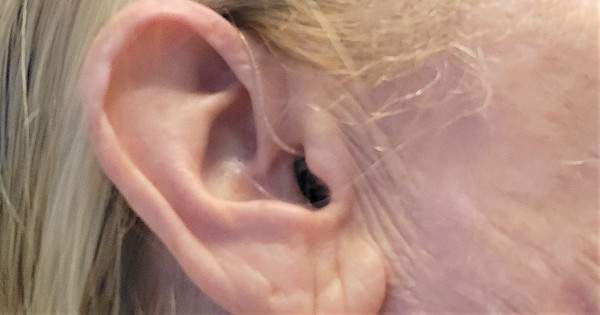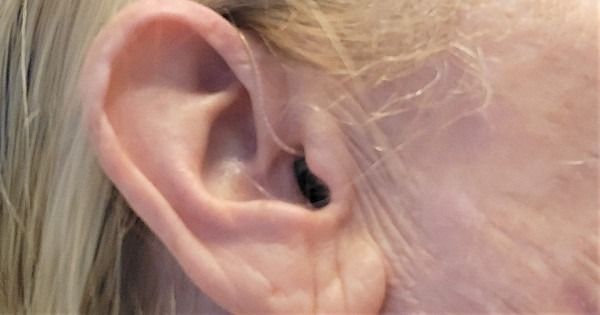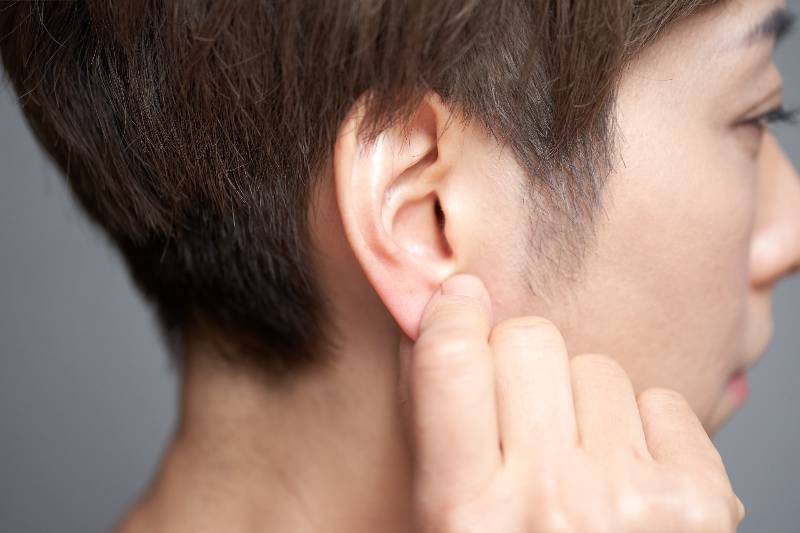Introduction
Our ability to hear plays a vital role in our interaction with the world around us, providing a rich canvas of sounds that enhances our lives. Yet for many adults worldwide, sensorineural hearing loss, a common auditory impairment, poses significant challenges. By exploring its origins, research trajectory, and the progress in its treatment, we aim to arm those affected by this condition, and their caregivers, with knowledge and understanding. This comprehensive post offers an in-depth look into the intriguing story of sensorineural hearing loss, providing insight into its historical treatments, pivotal breakthroughs, and the impressive strides in its research.
A Concise Glimpse into the History of Sensorineural Hearing Loss
Sensorineural hearing loss, originating from harm to the inner ear or auditory nerve, has been acknowledged as a health concern for many generations. Its earliest descriptions can be traced back to the days of Ancient Egypt, where initial medical documents described symptoms closely mirroring today’s understanding of sensorineural hearing loss. The perception of this condition has progressively advanced and become more distinct with the development of medical science.
During the 19th and the early part of the 20th century, the budding discipline of audiology started to grasp the complexity of sensorineural hearing loss. Detailed examinations of the human ear and the trials of early hearing aids exposed the critical roles of the inner ear and auditory nerve in sound perception. These newfound insights laid the foundation for subsequent advancements in diagnosis and therapies.
Audien BTE (Behind the Ear) Rechargeable OTC Hearing Aid
Experience Unparalleled Sound Quality with the New Audien BTE (Behind the Ear) hearing amplifier. Elevate your hearing with the clearest, highest-quality sound available in an over-the-counter hearing assistance device. Designed by Audien, renowned for their sleek and comfortable hearing devices, the BTE model ensures exceptional hearing performance. It features advanced digital technology, including four environmental modes, background noise reduction, feedback cancellation, and two directional microphones per unit (four in total).
Say Goodbye to Missed Conversations and Hello to Superior Sound. Audien hearing devices excel at amplifying speech while reducing background noise, allowing you to effortlessly engage in conversations with friends and family. Experience the consistent, long-lasting, and sharp sound quality without any whistling or feedback issues. With customizable volume control, you can easily adjust the amplification to meet your individual needs. These devices are perfect for enhancing high tones and improving TV dialogue clarity.
Rechargeable for Uninterrupted Use. The Audien BTE hearing amplifiers are 100% rechargeable, offering convenience and freedom from the hassle of tiny button batteries. With wireless magnetic charging technology, you can enjoy a 20-hour battery life with just a quick two-hour charging time. The included charging case provides up to three full charges, giving you a total of 60 hours of amplified sound. Simply place the devices in the case, and they will wirelessly charge, ensuring you’re always ready to hear your best. Experience the ease and reliability of Audien sound amplifiers, ideal for individuals with dexterity issues or those tired of constantly purchasing and replacing batteries.
Progression of Sensorineural Hearing Loss Research
Over the last century, the study of sensorineural hearing loss has witnessed a significant evolution. Advancements in medical technology and methodology have facilitated a more profound exploration of the biological complexity of the human auditory system. The revelation of the cochlea’s function in the inner ear served as a critical milestone in comprehending sensorineural hearing loss mechanisms.
In recent years, research has broadened to include genetic influences. Researchers now recognize that specific genetic mutations can increase susceptibility to this condition. The continual progress in DNA sequencing and genetic manipulation gives hope for future revelations and treatment options for sensorineural hearing loss.
Unfolding Research in Sensorineural Hearing Loss
The study of sensorineural hearing loss has seen a substantial transformation over the past hundred years. Thanks to the rise of cutting-edge medical technologies and methodologies, researchers have been able to explore the intricate biological aspects of the human auditory system in depth. The identification of the cochlea’s crucial role in the functioning of the inner ear served as a significant turning point in deciphering the mechanics of sensorineural hearing loss.
In the past few decades, research has widened its scope to encompass genetic components. Scientists have discovered that certain gene mutations can increase the likelihood of developing the condition. The steady advancements in DNA analysis and genetic modification hold potential for future insights and treatment possibilities for sensorineural hearing loss.
Landmarks in Sensorineural Hearing Loss Treatment: A Journey from Ear Trumpets to Cochlear Implants
Over the years, the treatment options for sensorineural hearing loss have seen remarkable landmarks that have greatly ameliorated the lives of patients. Early sufferers used ear trumpets – bulky, horn-like devices that collected and channeled sound into the ear. Despite their ability to amplify sound, these devices were awkward and lacked the sophistication to address sensorineural hearing loss.
The emergence of electronic hearing aids in the 20th century marked a significant improvement. These continually advancing and shrinking devices amplify sounds for sensorineural hearing loss patients. The most transformative development, however, was the invention of cochlear implants in the 1960s. These devices stimulate the auditory nerve directly, bypassing the damaged auditory system components and providing a novel form of sound perception.
Additional advancements such as bone-anchored hearing systems and middle ear implants offer further options to cater to the diverse requirements of sensorineural hearing loss patients. Personalized treatments are now possible, allowing solutions to be tailored to an individual’s distinct hearing profile.
Myth vs. Reality: Historical Treatments for Sensorineural Hearing Loss
Historically, the approaches to treating sensorineural hearing loss were largely based on conjecture and folklore, with little scientific grounding. Despite their unproven efficacy, practices like using medicinal herbs or ear candling were widespread. Certain societies even attributed hearing loss to supernatural influences and suggested rituals or spells as cures.
Fortunately, the advancement of scientific knowledge has shed light on the realities of sensorineural hearing loss, debunking these unfounded practices. We now understand that such treatments are ineffective and that contemporary medical interventions, underpinned by robust research and clinical trials, offer the most effective way to manage this condition.
Breaking the Silence: The Advancement of Sensorineural Hearing Loss Research
The advancements in sensorineural hearing loss research have sparked hope and enhanced life quality for countless individuals. From a time of limited understanding of this condition, we now live in an era where cutting-edge interventions and supportive technologies are accessible to many.
Modern research is shifting towards prevention, restoration, and even cures. Pioneering work in gene therapy, stem cells, and regenerative medicine hint at the potential of restoring natural hearing. As we delve deeper into the complex genetics and biology of sensorineural hearing loss, the future holds immense promise.
QUIZ - AVAILABLE TREATMENTS FOR TINNITUS
Notable Developments in Sensorineural Hearing Loss Treatment: From Ear Trumpets to Cochlear Implants
The approach to treating sensorineural hearing loss has witnessed significant transformations that have considerably improved patient lives. In the past, people resorted to ear trumpets—large, cumbersome devices designed to collect sound and channel it into the ear. While these aids amplified sound, they were inconvenient and unable to address the intricate aspects of sensorineural hearing loss.
The introduction of electronic hearing aids in the 20th century marked a significant development. These ever-evolving and shrinking devices amplify sounds to aid individuals with sensorineural hearing loss. However, the most groundbreaking innovation was the invention of the cochlear implant in the 1960s. Unlike traditional hearing aids, these implants circumvent the damaged sections of the auditory system to stimulate the auditory nerve directly, providing a revolutionary form of sound perception to those with severe to profound sensorineural hearing loss.
Further developments include bone-anchored hearing systems and middle ear implants, widening the range of options to meet the diverse needs of those suffering from sensorineural hearing loss. Nowadays, treatment can be customized, providing solutions that take into account an individual’s unique hearing characteristics.
From Soundlessness to Auditory Perception: The Advancement of Sensorineural Hearing Loss Research
The strides made in sensorineural hearing loss research have kindled hope and significantly enhanced the lives of countless people. From a period of limited understanding about the condition, we’ve entered an age where sophisticated treatments and assistive technologies are widely accessible.
The focus of contemporary research has been expanding to include prevention and even potential cures. Pioneering endeavors in gene therapy, stem cells, and regenerative medicine hold the tantalizing prospect of natural hearing restoration. As we delve deeper into the intricate genetics and biology of sensorineural hearing loss, the future seems brighter.
Conclusion
Our exploration of the evolution and development of understanding and treating sensorineural hearing loss underscores the remarkable progress made. From simple early solutions to today’s complex interventions, the journey has been extraordinary. Advancements in sensorineural hearing loss research have transformed lives, enabling sound to replace silence and fostering enhanced communication.
In every debunked archaic remedy, every treatment milestone, and within the ongoing research, we see the testament to human resilience, our quest to understand, innovate, and progress. While there’s a lot yet to be discovered, the rapid advancements in today’s scientific and medical domains inspire optimism for a future where sensorineural hearing loss can be managed more effectively, and perhaps even cured.
Looking ahead, we can expect continued progress in technology, genetics, and therapeutic treatments. The steady advancements in research and innovation promise a future where sensorineural hearing loss doesn’t translate to silence but represents a new way to interact with the world. It’s a journey of knowledge, evolution, and ultimately, hope.
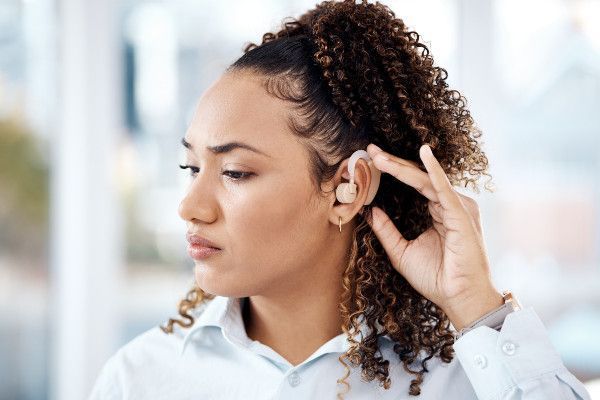
Thriving with Sensorineural Hearing Loss: An Empowering Guide for Parents
This guide highlights strategies for communicating effectively with sensorineural hearing loss, and provides tips for selecting the right hearing aid.
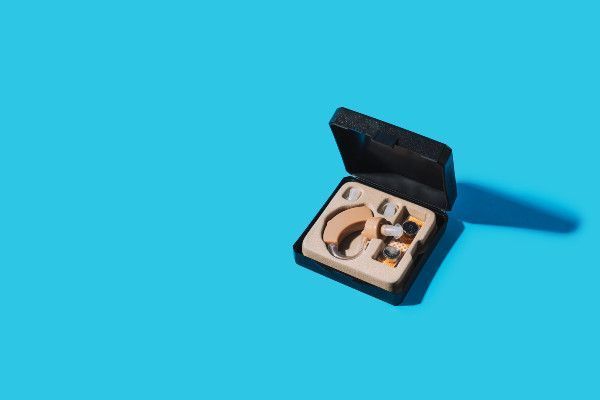
Understanding Sensorineural Hearing Loss: A Comprehensive Guide for Parents
This guide offers comprehensive insights into Sensorineural Hearing Loss, focusing on its causes, symptoms, diagnosis procedure, and management.

